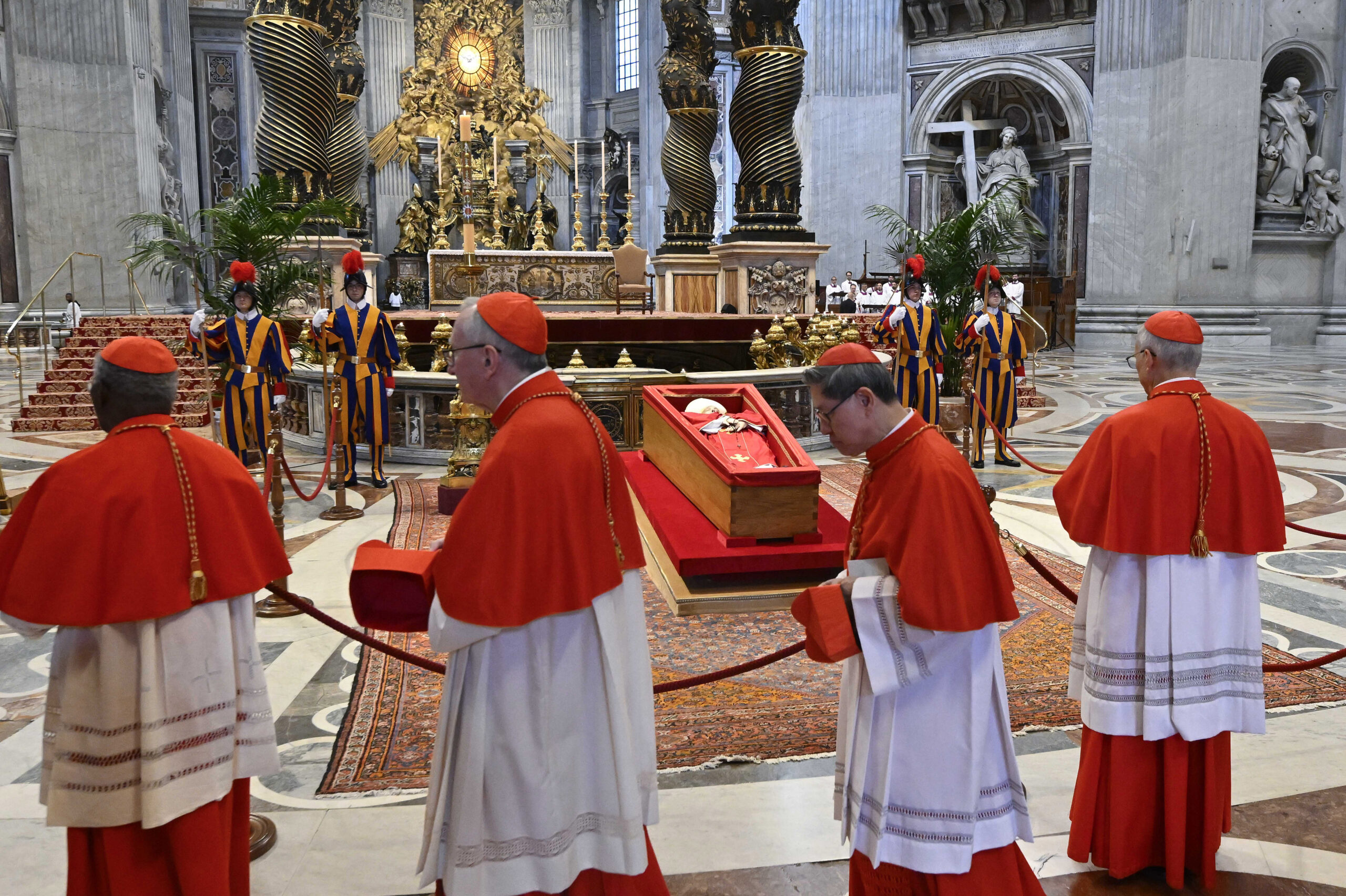Major traffic disruption and petty crime will be the main risks for travellers to Rome this week
This assessment was issued to clients of Dragonfly’s Security Intelligence & Analysis Service (SIAS) on 23 April 2025.
- Following Pope Francis’ death on 21 April, his body will lie in state until his funeral on 26 April; world leaders and around 200,000 people plan to attend
- Extraordinary security measures, in addition to already bolstered security due to the 2025 Catholic Jubilee, will probably prevent any major incidents
Events in Rome and the Vatican this week commemorating Pope Francis’ death are very likely to pass off peacefully. But we anticipate major traffic disruption, overcrowding, and strain on public transport over the coming days, peaking on 26 April, when the funeral is set to take place. The authorities have said that security will be extremely tight, with a large-scale law enforcement deployment, especially near the Vatican and other key hubs. Petty crime, particularly pickpocketing, will probably be elevated due to overcrowding. Though the police presence will probably prevent or quickly contain any major security incidents.
Overcrowding probable throughout Rome
The Rome authorities have said that they expect around 200,000 people to attend ceremonies over the coming days. Pope Francis’ body will lie in state in St. Peter’s Basilica until the funeral, which will be held there from 1000hrs on Saturday, 26 April. It will then be moved to the Basilica of Santa Maria Maggiore, in the Esquilino area of Rome, for burial. The authorities have not disclosed the procession route yet, but the most direct route means it will probably pass through Rome’s historical centre and cover a distance of roughly 3.5km.
We expect severe disruption to travel around central Rome and the Vatican from the influx of travellers. This is especially around key transport hubs and main roads around central Rome and the Vatican. And these are already under increased strain due to extra visitors for this year’s Catholic Church Jubilee. The authorities have published detailed traffic measures here and here, covering additional bus routes, road closures and parking restrictions. Based on this and other statements by the local authorities, the following areas and transport hubs are likely to be particularly overcrowded:
- Centocelle, Cipro, Ottaviano, Piramide, San Giovanni and Termini metro stations, as well as most Line A Metro stations between Cipro and San Giovanni
- Civitavecchia, Fiumicino, Ostiense, San Pietro, Termini, Tiburtina and Valle Aurelia rail stations
- Along FL1, FL3 and FL5 regional train lines
- At Piazza del Risorgimento, Piazza Pia and Via della Conciliazione, where large screens will be placed for the crowds
Extraordinary security measures in place
The authorities appear highly capable of securing the main events and preventing any major security incidents. They are very likely to have well-rehearsed plans in place for papal deaths. But the extra security measures will almost certainly add further disruption due to security cordons around key sites and closed roads. Dozens of heads of state and government are expected to attend the funeral. Planned measures throughout this week include:
- A security perimeter around the Vatican City
- Enhanced patrolling, surveillance and security presence at key transport hubs listed above, but also at Rome’s airports, the historic centre, along major routes and the Tiber River
- Deploying several thousand law enforcement officers, including special units, such as bomb disposal experts, snipers, trained dogs, and experts on chemical and other non-conventional threats
- Setting up a no-fly zone above the capital and employing anti-drone technology
Law enforcement presence likely to contain petty crime
Overcrowding is likely to exacerbate the moderate risk of petty crime in the city this week. The UK FCDO advises visitors to Rome that ‘the number of travellers […] could increase levels of petty crime’. The police has said it has bolstered measures ‘to prevent predatory crime’. We anticipate that these will probably prevent any major spikes in criminality. Petty crime such as pickpocketing, bag snatching and car break-ins is already common at major transport hubs, busy tourist areas, and hospitality venues. This will very probably be exacerbated by high numbers of visitors.
No warnings of specific threats to events
The enhanced security will also probably prevent any major security incidents. The authorities have not warned of specific threats to events this week, and we have not seen any calls for attacks in the extremist channels we monitor. Terrorist incidents in Rome have been rare in recent years; we have recorded three since 2020. Any attacks would likely be crude, such as a stabbing by a lone actor, and targeting busy public spaces. The authorities seem capable of disrupting large-scale plots. Most attacks we have recorded since 2007 have rarely resulted in casualties.
Security measures and traffic disruptions to persist throughout 2025
The authorities have said that security measures will remain until a new pope is elected. But this will probably be mostly around the Vatican, key transport hubs and major religious sites. We anticipate large crowds, security checks and traffic congestion to persist around these areas. The College of Cardinals usually convenes two to three weeks after a pope dies. The process has lasted up to a few days in recent decades. Beyond that, petty crime and traffic disruption are likely to remain the main day-to-day risks, particularly for the remainder of the Jubilee, which will last until 6 January 2026.
Image: The body of Pope Francis lies in state at St Peter’s Basilica on April 23, 2025 in Vatican City, Vatican. (Photo by Simone Risoluti. Vatican Media via Vatican Pool/Getty Images)




